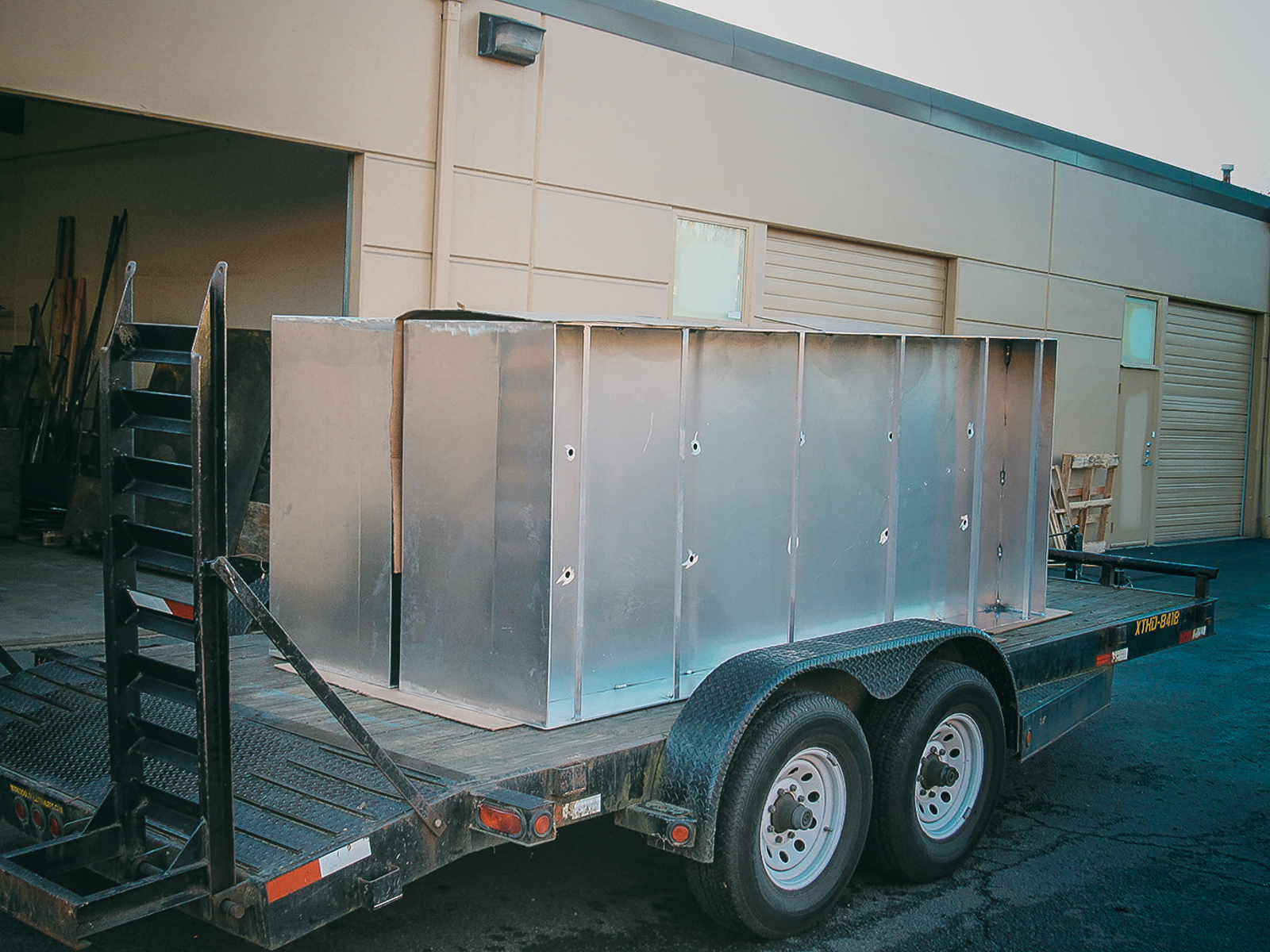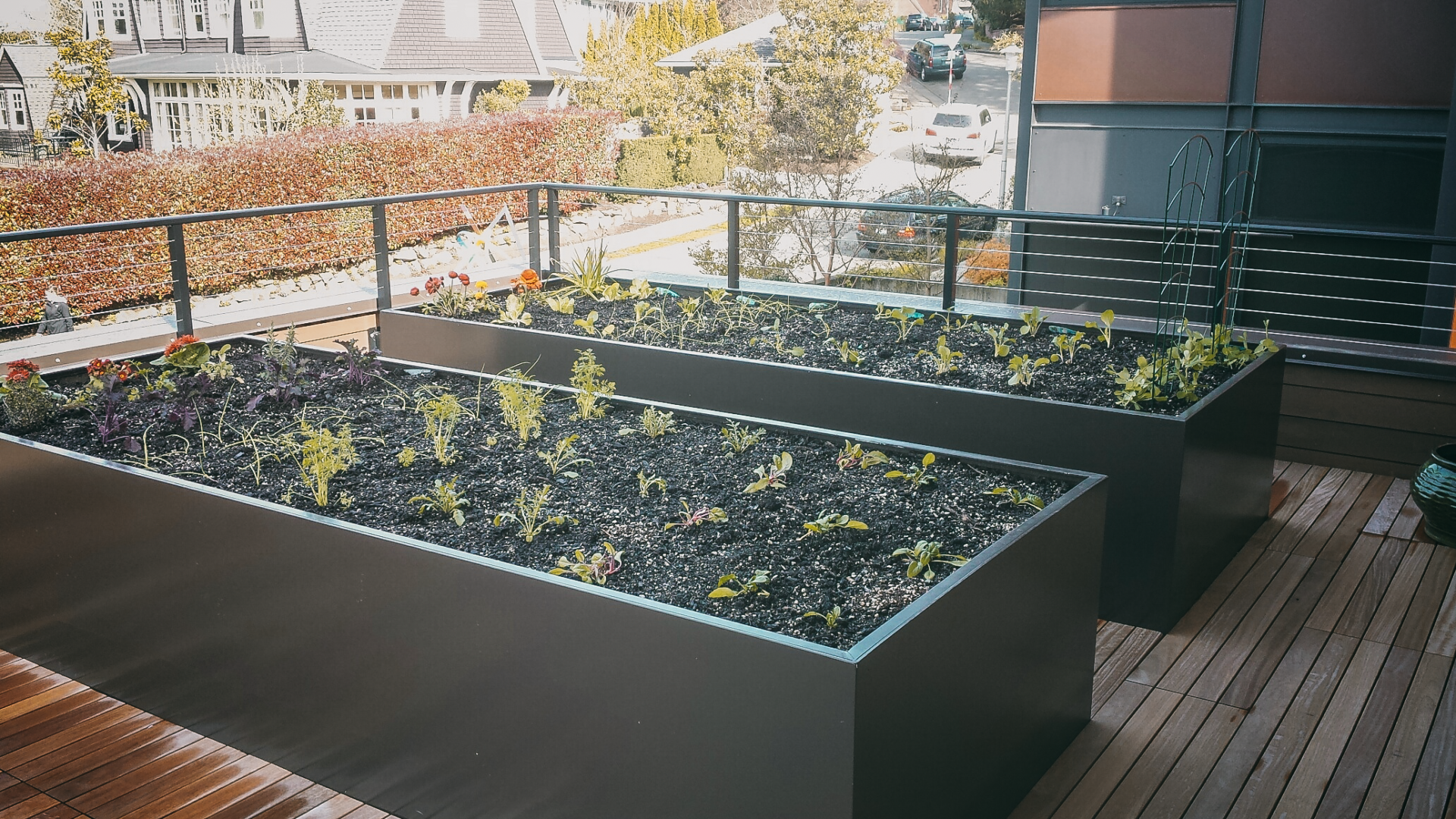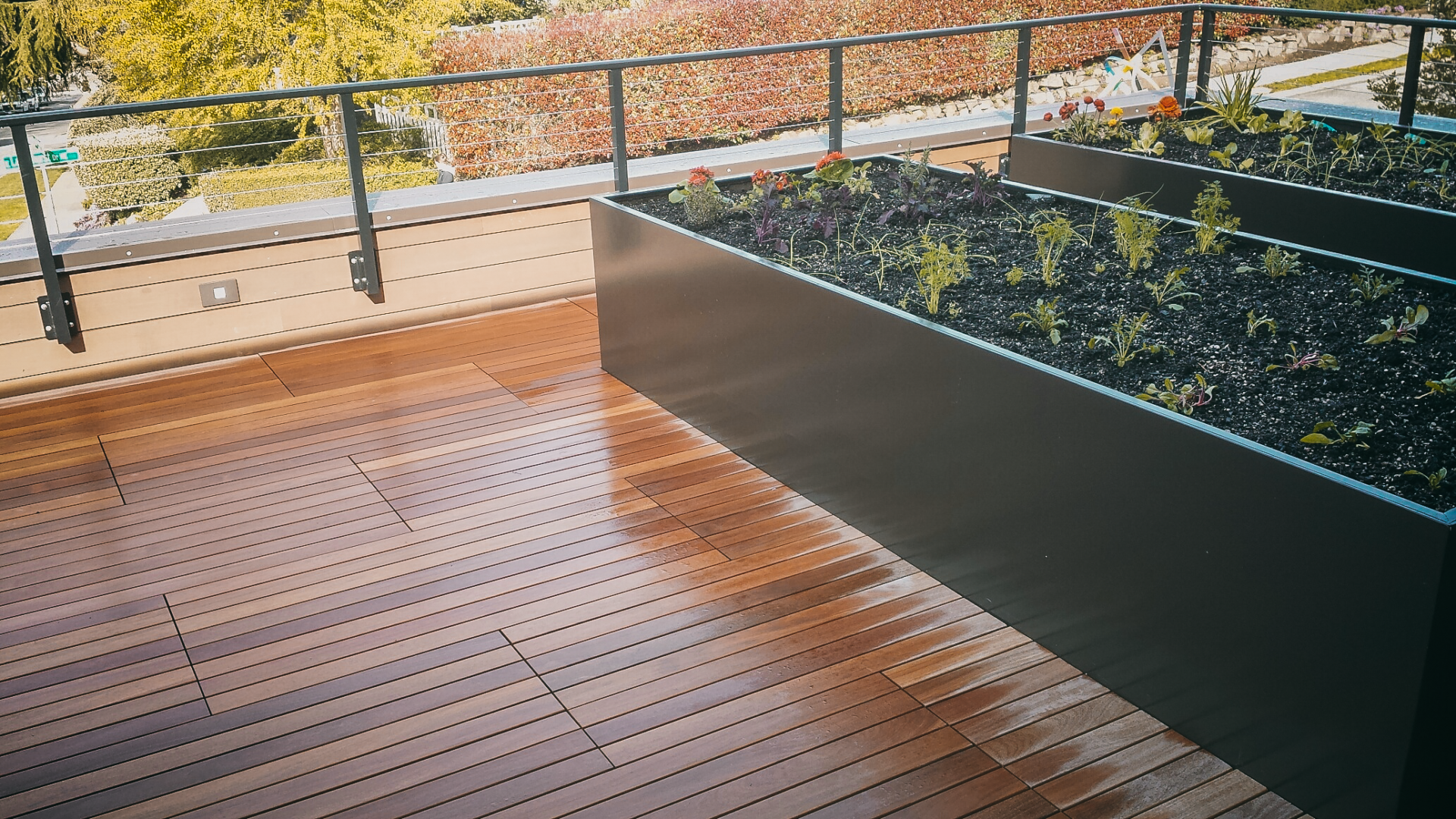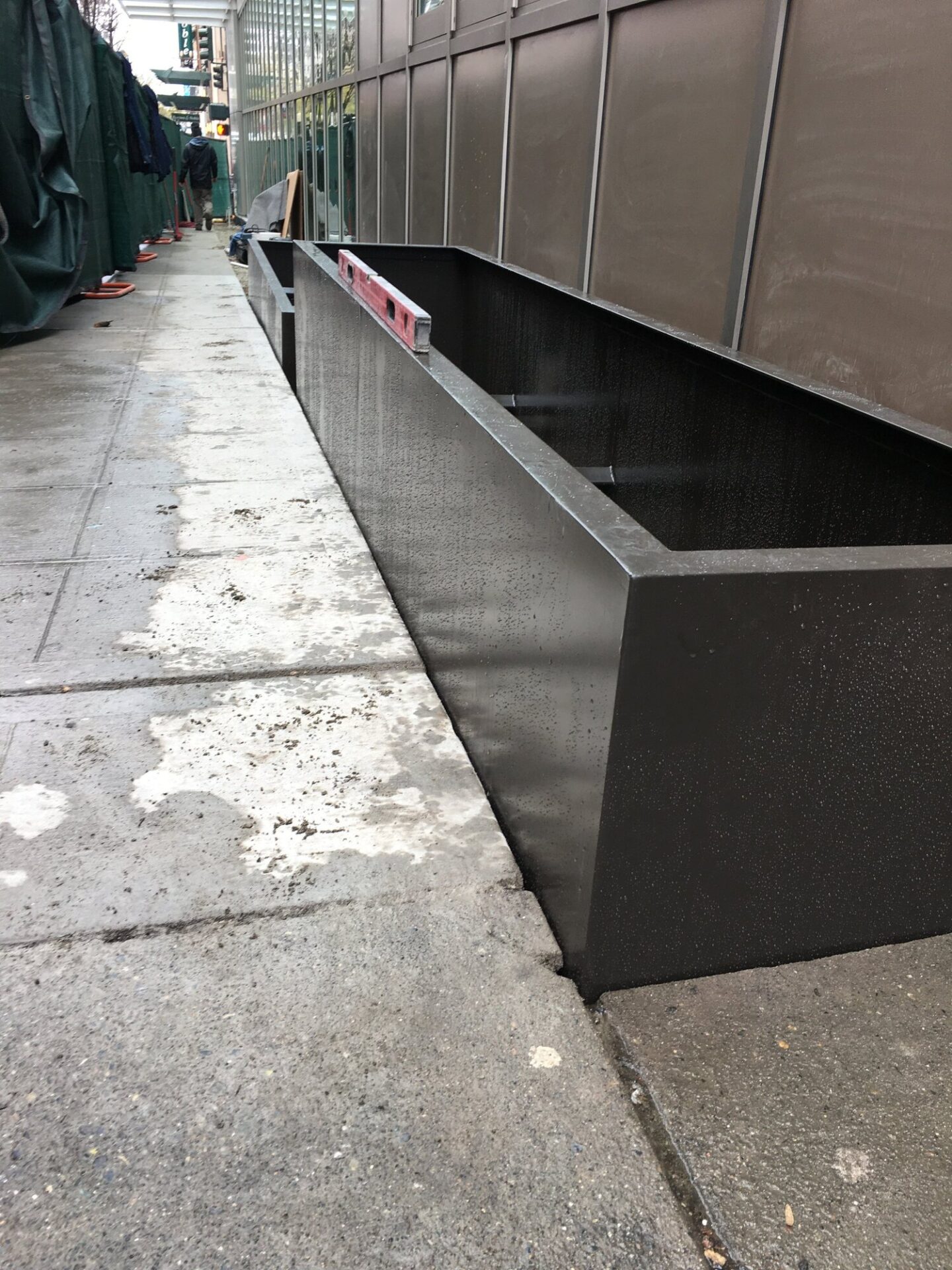Spring is here. The sun is out, blossoms are on the trees, and we are all starting to spend a little more time outside. Whether that is working in your garden, entertaining guests, or catching the last bit of daylight while unwinding after a long day at work, chances are you’re outside enjoying the season. Which brings us to the topic of today’s blog post: Utilizing a small outdoor space using functional landscape elements.
We are working on a project in Seattle’s Laurelhurst area. The clients’ beautiful, newly built home, had a small yard that didn’t allow for much of a gardening space. Instead, this area will be used for gathering and entertaining, which is important for them, but why not have both?
With the popularity of urban gardening and farming, what better way to get fresh veggies on your plate than to grow your own on your rooftop garden? Their garage rooftop was engineered to accommodate the load of two large planters to be used as a garden space. We fabricated two, ten foot by four feet aluminum planters with a false bottom to keep things light weight and safe for the rooftop.

To make the install safer and easier, they were hoisted onto the roof and set on sleepers and shims. Weighing 400 lbs. a piece, they can accommodate up to 18” depth of planting soil.


We needed the help of a crane to hoist these massive planters on to the rooftop deck.
Once they were placed, our sister company, CEM Design, installed irrigation through the bottom of each planter prior to the Cumaru wood deck pedestal paving. The planters were then filled with a light weight soil once again ensuring to keep things safe and as “light-footed” as possible. Once our work was done the client was able to enjoy their space and plant fresh veggies while still enjoying the atmosphere of the city.


With this project came a learning experience that helped us to develop heavy duty leveling feet. The different slopes of a roof, or even the ground for that matter, can create headaches while trying to level large planters. Using the knowledge gained on this project, we began developing ways to incorporate leveling feet that eliminate the need for shims on structure situations, like commercial/ mixed-use building rooftops that require precise weight distribution. We know that no two jobs, surfaces, and spaces are the same, so this feature now comes standard on all of our large custom planters as well as a scaled down version (optional) on all of our catalog planters.


We are in the middle of installing large, modular, custom steel planters for a Seattle streetscape that utilize the adjustable feet. Not only do they help create a more polished and level product, they significantly sped up the installation time and reduced handling.